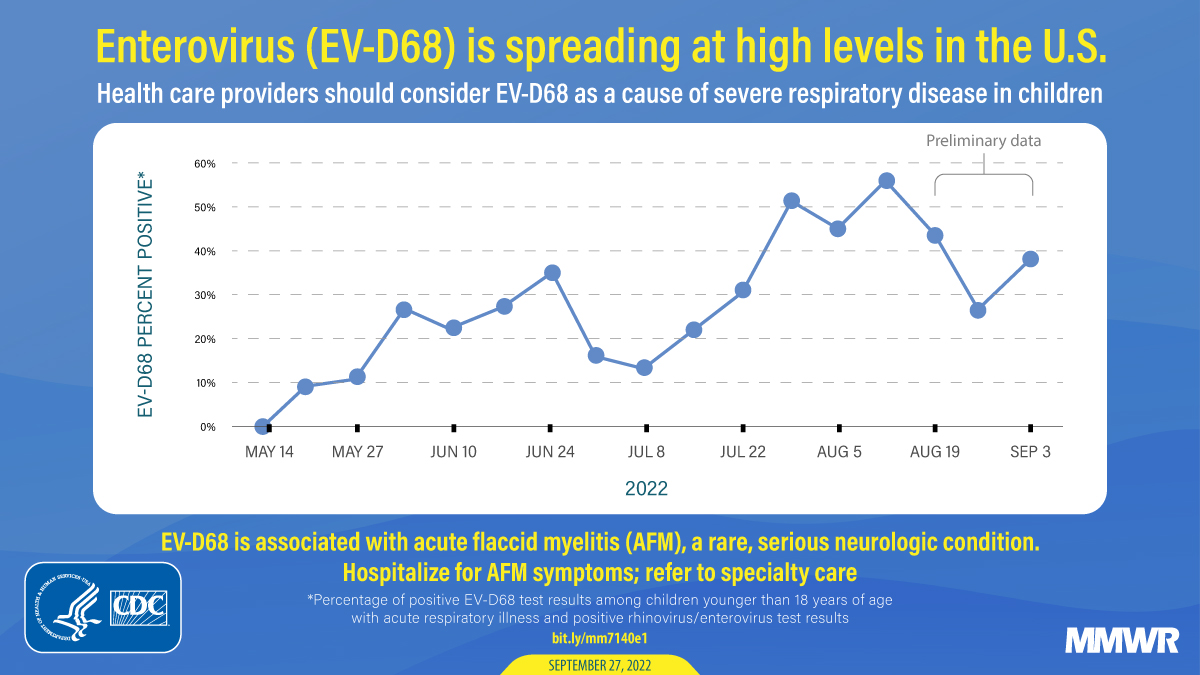There is always a chance that a child will get an respiratory infections
A scary number of kids with lung illnesses are going to the emergency room more often. Air pollution worries are happening at the same time as this rise. Parents and other caregivers need to be aware of the risks of pediatric acute respiratory illnesses (ARIs) and take action to protect their children. Our kids’ health and happiness depend on getting the right diagnosis and care at the right time.
Dr. Madeleine Ramdhani Jasin is an expert in the respiratory field
Dr. Madeleine Ramdhani Jasin is a well-known pediatric and lung expert who is part of the Indonesian Pediatric Society. In her piece, she talks about the scary rise in minor cases at a number of hospitals. She shows how important the problem is by saying that more young children with fevers, coughs, and stuffy noses are going to emergency rooms.
At a meeting put on by the Ministry of Women’s Empowerment and Child Protection, Dr. Madeleine said, “Recently, the pediatric emergency department at the hospital where I work has been flooded with kids showing signs of acute respiratory infections.”
Little kids are more likely to get acute lung illnesses because their immune systems are still developing. Even more important is to get involved early and avoid diseases before they happen, since their bodies aren’t fully developed yet to fight off some illnesses.
Learn when to sound the alarm and how to spot warning signs
Parents and caregivers should know when a child is short of breath. Children who have serious lung diseases may get pneumonia, which can be very dangerous and even kill them.
“The first warning sign in a child is rapid breathing, which is above the normal rate for their age,” says Dr. Madeleine. It is very important to recognize the signs of breathing trouble.
Pulse rates for each age group:
- 30 to 60 breaths per minute for kids ages 0 to 1.
- 24-to-40 breaths per minute for kids ages 1 to 3.
- From 3 to 6 years old: 22 to 34 breaths per minute.
- 18 to 30 breaths per minute for kids ages 6 to 12.
- Ages 12-18: 12 to 16 breaths per minute.
- 12 to 20 breaths per minute from 19 to 59.
- Over 60: You breathe 28 times per minute.
In addition to a child’s fast breathing, a child who seems to be taking deep breaths might make adults nervous. When kids have chest illnesses, their lung capacity may go down, which is a cause for worry.
Caregivers should also be careful if a child has a fever, looks tired, and won’t eat or drink, according to Dr. Madeleine. If you have more than one sign, you may have a more serious lung illness. If so, get medical help right away.
Putting the focus on kids’ lung and airway health
As more kids get respiratory infections, parents and other adults who care for kids need to put their lung health first. If you notice shortness of breath, uneven breathing rates, or less lung capacity right away, it could save your life.
The results that Dr. Madeleine found are a sad warning that we need to be very careful to protect the health and safety of our children, who are the most defenseless people. Parents and other adults who care for children can help them get over lung illnesses and stay healthy by noticing the warning signs right away and getting medical help when it’s needed. This way, they can be sure that kids get the right care and treatment.
